Language
You can read the magazine in one of the following languages
Geolocation
You can read the global content or the content from your region
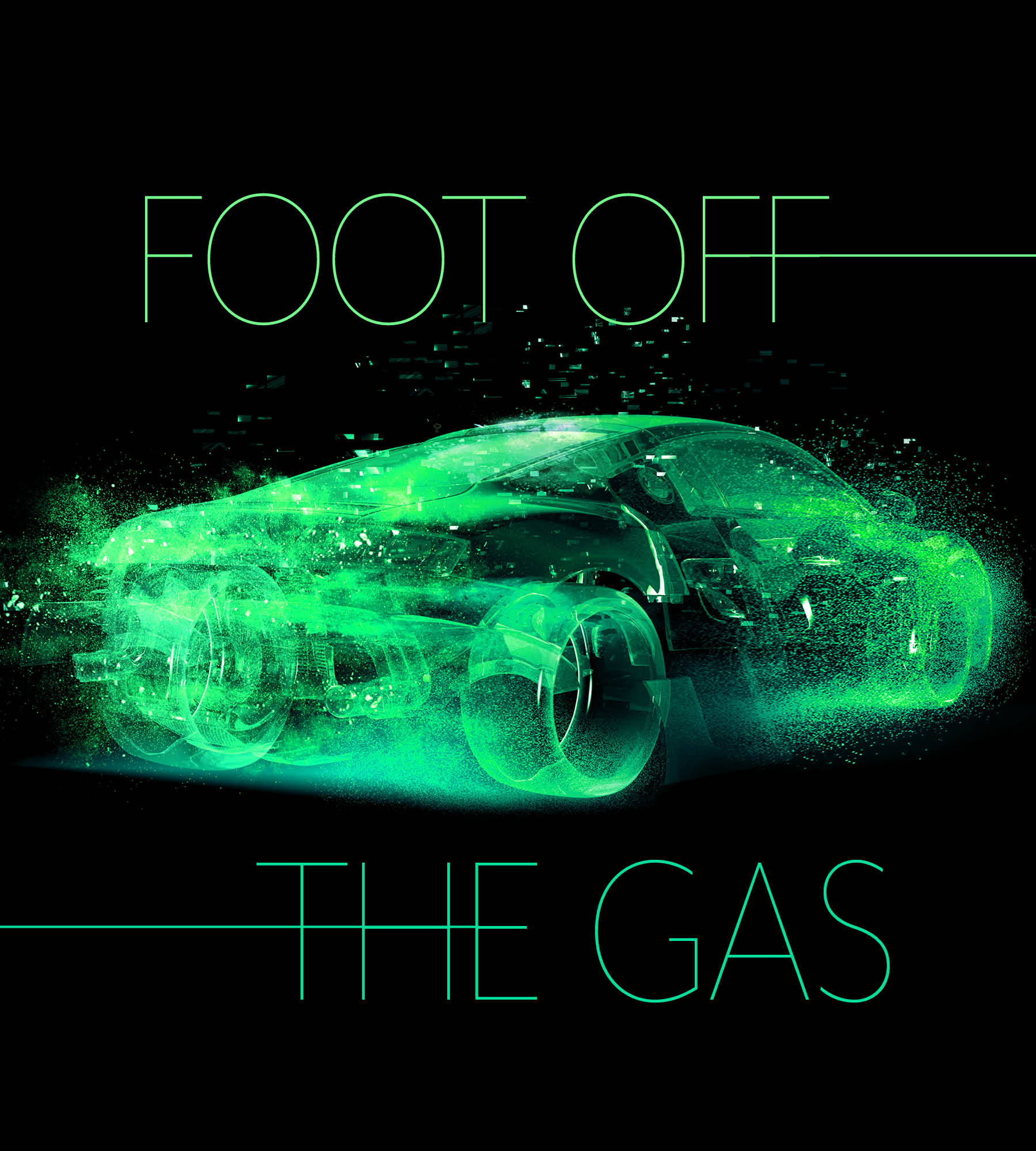
If you look at the biggest car brands in the world, in terms of market cap, you’ll see many familiar, historically hefty names, including Toyota, Porsche, Mercedes-Benz and BMW.
But near the very top of that list, you’ll find a brand that was barely a scribble on a page 20 years ago. Electric vehicle (EV) giant Tesla has been steadily ascending the ranks, alongside some other less familiar names, like BYD and VinFast.
The established order of the automotive industry has been tipped on its head thanks to the rush toward electrification in the past decade. Or, you might say, the mad rush of customers toward Tesla, the first company to prove that electric cars can be both popular and profitable.
It’s a shift that has forced legacy car companies to react quickly to avoid being left in the dust. And remarkably, there’s no guarantee that the familiar names will emerge as the ultimate survivors.

The pecking order of the car industry could be very different in just a few years’ time, with these emerging brands taking control and leaving the names we’ve grown up with as supporting players.
Around the world, EV sales are on the rise as governments impose stricter emissions regulations to combat climate change. In 2022, EVs and plug-in hybrids accounted for nearly eight percent of cars sold in the United States, 31 percent of those sold in Germany and 23 percent of those sold in the United Kingdom.
In Norway, a market that was early to adopt legislation that pushed the country to fully embrace EVs by 2025, 88 percent of cars sold in 2022 were electric.
What’s more notable is that the bestselling electric model in Norway wasn’t a Volkswagen, BMW or Volvo, but the Tesla Model Y. It’s the same story in Australia, with Tesla the clear leader in the EV market, taking more than 58 percent of the segment, while its nearest competitor, Hyundai, has a seven percent share.
Despite EV sales being on the rise, some brands have been painfully slow to react. For example, Toyota, the long-time sales leader in Australia and often rated the biggest car company in the world, is yet to introduce its first electric car, and recently announced a further delay to early 2024 from its original late 2022 plans.
At the same time, the likes of Tesla, BYD and Polestar – a Swedish–Chinese all-electric brand with ties to Volvo and Chinese giant Geely – are making major inroads into the local market.
The subtext of this industry upheaval is that the transition to EVs is creating an opening for the burgeoning Chinese auto industry. BYD, Polestar and MG are already established in Australia, but there are numerous others waiting to pounce and meet the growing demand for affordable electric cars.
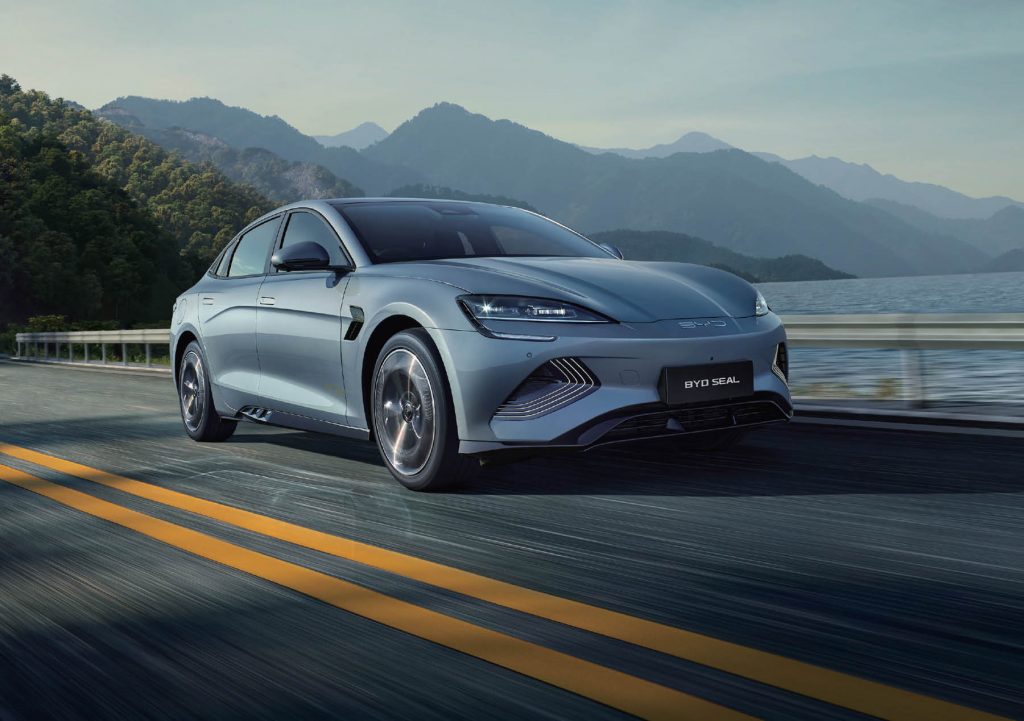
UBS recently forecast that by 2030 Chinese car makers will have a 33 percent share of the global market, while legacy manufacturers will drop from their current 81 percent share to just 48 percent.
Brands like BYD – which stands for Build Your Dreams – specialize in battery technology and have been able to achieve higher vertical integration, leading to cheaper cars.
For example, the incoming BYD Dolphin hatchback will be the most affordable EV in Australia, priced at just US$24,513, while the most affordable EV from a more established brand, the Kia Niro, starts at US$41,973. While the two are not direct competitors, it does highlight the gulf between the two sides of the industry.
Tesla’s most affordable model is the Model 3 at US$36,180, but that relatively high price hasn’t slowed its sales success in Australia, which means that even when legacy brands can compete on price, they are still being beaten.
Kia Australia CEO Damien Meredith admits Tesla is in such a strong position because it has elevated itself beyond being simply a car brand to become the de facto word for EVs.
“I think they’ve done a great job of cornering the segment, like Hoover did with vacuum cleaners,” Meredith says. “People used to say they would ‘Hoover’ the lounge room.”
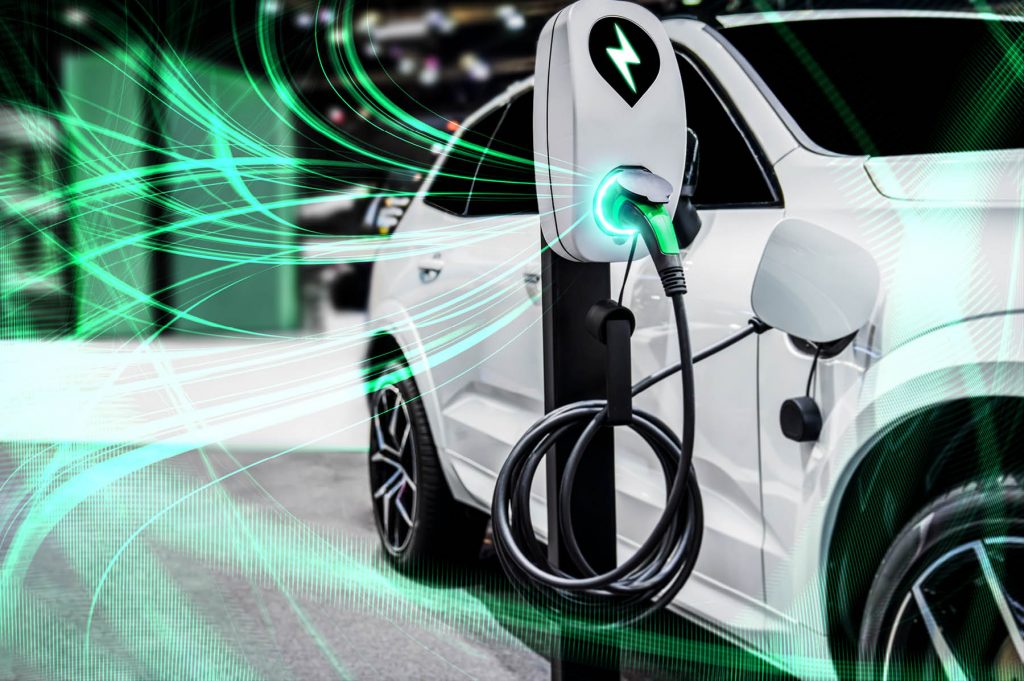
However, Meredith is confident that the industry will react and evolve to meet this new challenge and eventually regain the upper hand.
“I think the issue that Tesla has is that there are now more competitors to erode the market share,” he points out. “They’ll be market leaders for a while, but it is possible for another manufacturer to top them in five-to-10 years.”
Even so, that will not be an easy task and will require major changes from established brands to get onto even footing in an electrified future. Perhaps the best and most extreme example of what legacy car makers are willing to do to stay relevant is the Ford Motor Company.
Ford split its business apart to try to compete against both new EV brands and its traditional rivals, creating three distinct operations – Ford Model e, Ford Blue and Ford Pro. Model e will be responsible for all of its electric vehicles; Blue will be its legacy business focused on internal-combustion vehicles; and Pro will be the commercial vehicles hub.
While separate, all three still sit under the same umbrella, and Ford didn’t have to raise any funding for this change.
In simple terms, Ford’s legacy business, particularly the commercial vehicle operation that sells the popular F-150 pickup truck, will make the profits while the electric division establishes itself. Ford CEO Jim Farley called Ford Blue and Pro the “profit and cash engine” for the overall company.
And Model e will need plenty of cash, with Ford committing to spend US$50 billion on EVs between 2022 and 2026. The company has already made its intentions clear, leveraging some of its most famous nameplates, including the Mustang and F-150, to combat the rising threat of Tesla and Rivian.
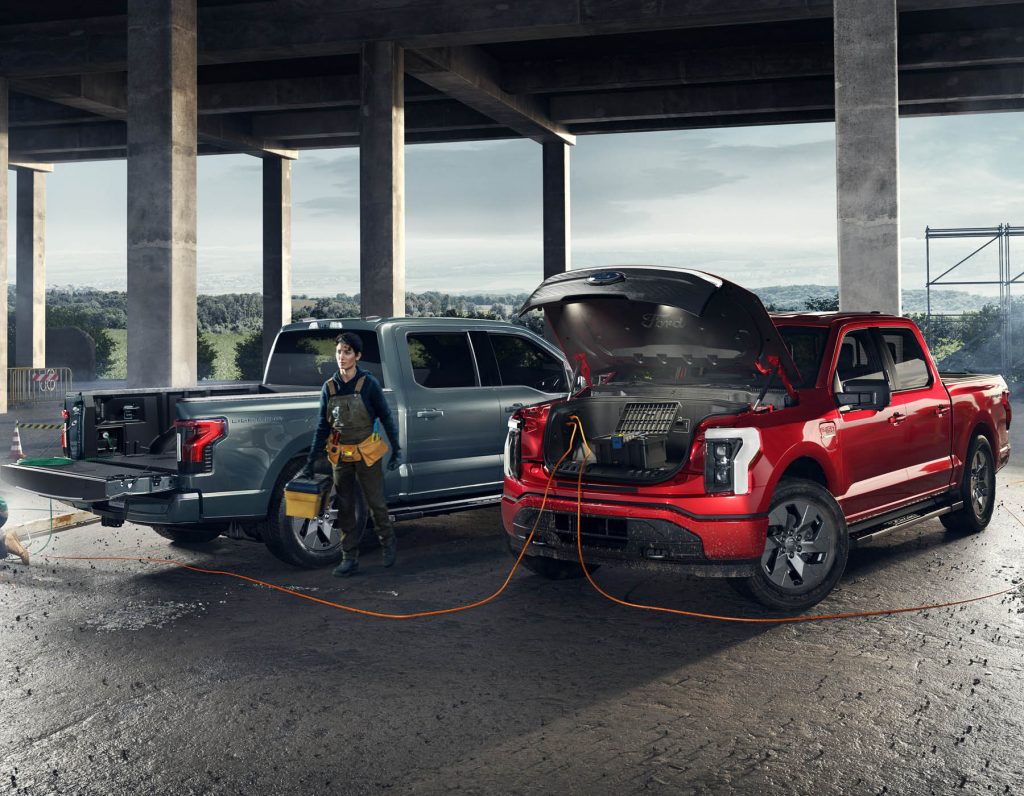
Speaking at its Capital Markets Day in May, Farley made it clear that Ford will not go quietly into the night and will fight to retain its place at the forefront of the industry.
“Now some say history shows that companies like Ford can’t win an era of technology and new competition. There are too many legacy issues. Too much resistance to change inside the company. Over the past two years, this team has confronted each of those very real challenges head on,” he said.
“The fact is auto valuations have been constrained for decades and Ford has been stuck in a box. The industry is crowded, it’s mature and to stand out, we let complexity overrun our business as we tried to be all things to all people. We jockey against our competition over slivers of share in markets where growth long ago stagnated and where demand evaporated.
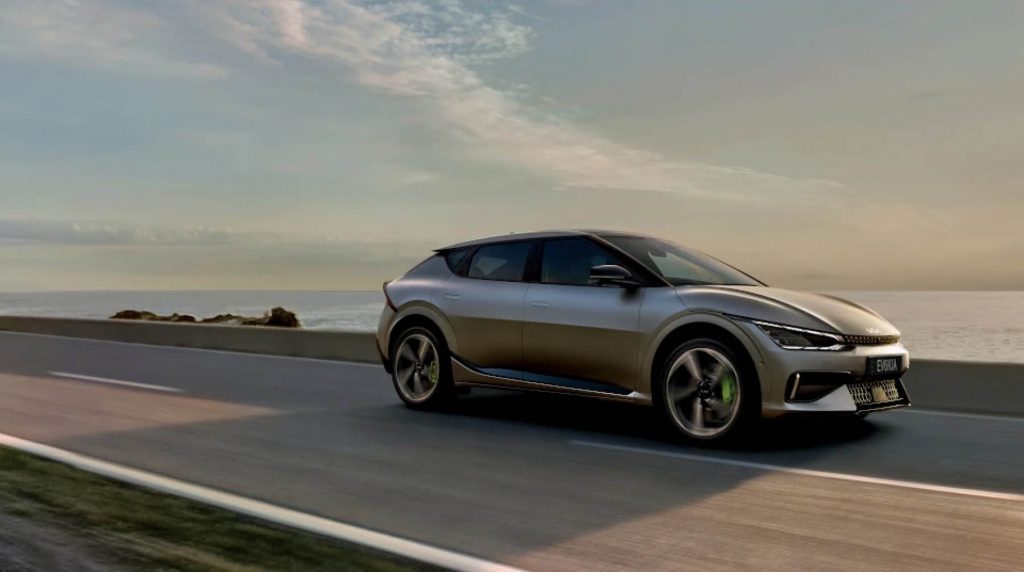
“Well, this is a new era. We’re playing the game differently. And we now have new tools.”
Legacy brands may be willing to play the game differently and do whatever it takes to stay relevant, but it already seems too late for them to have any chance to hold onto their current dominance.
A decade from now, Toyota, Ford and Kia will still be major brands, but they will find themselves competing – on every level – with the likes of Tesla, BYD, Polestar and other new electric-focused rivals.